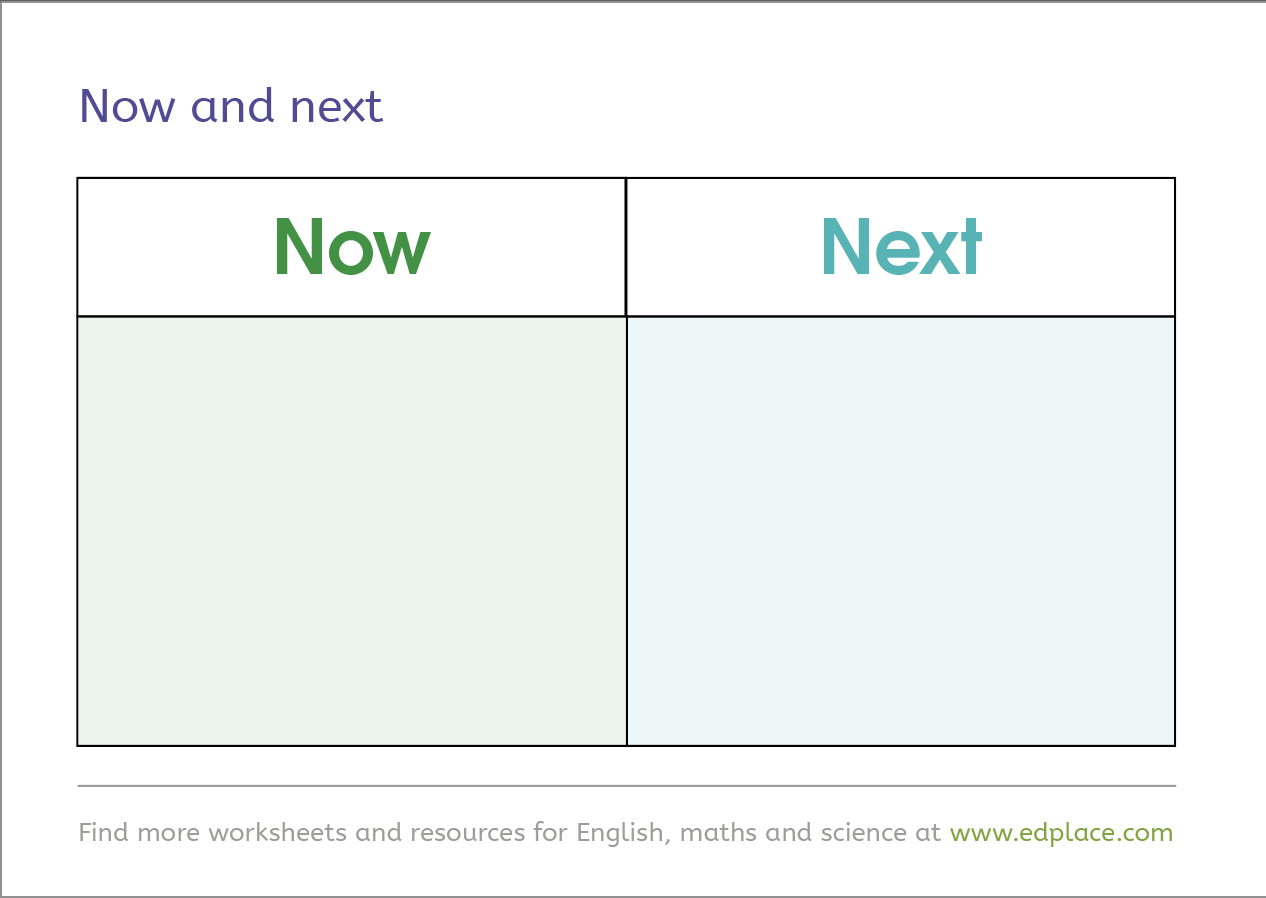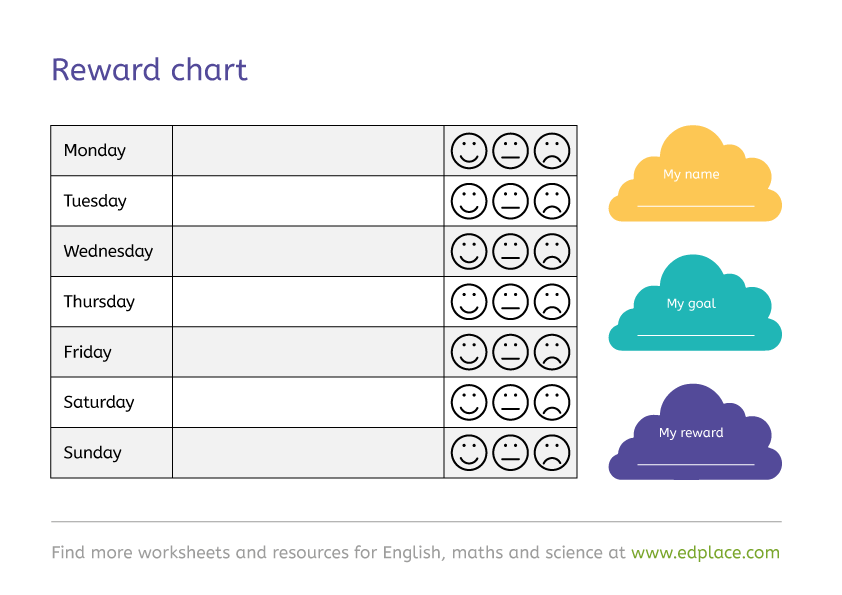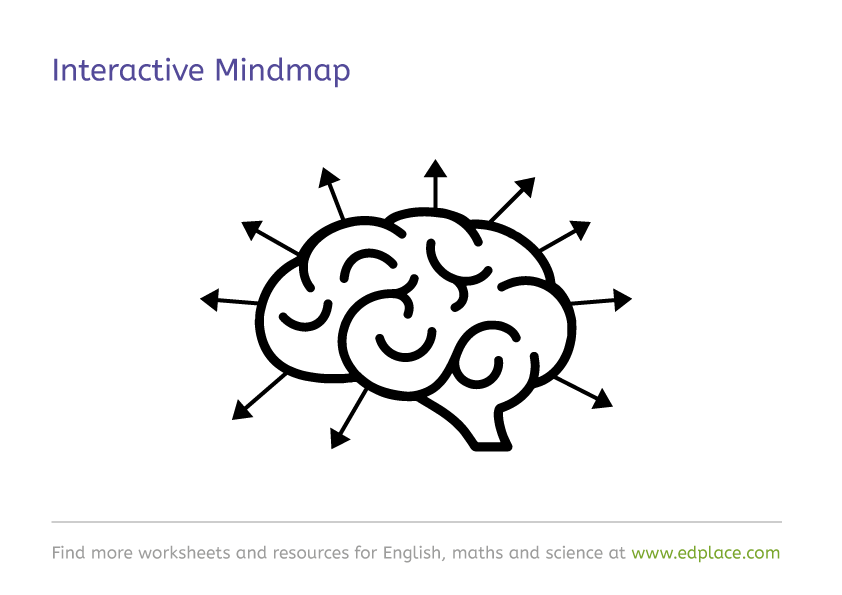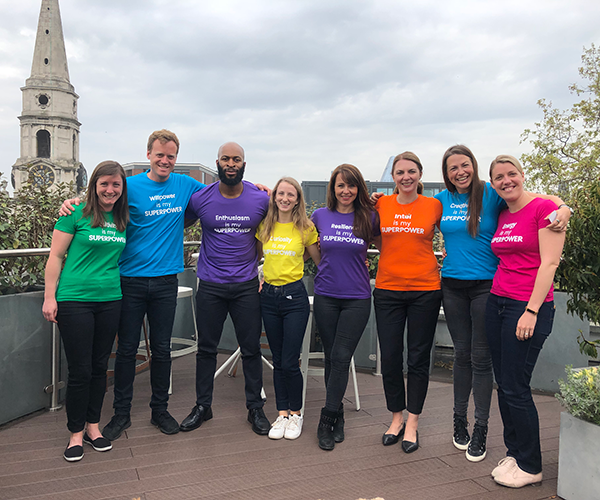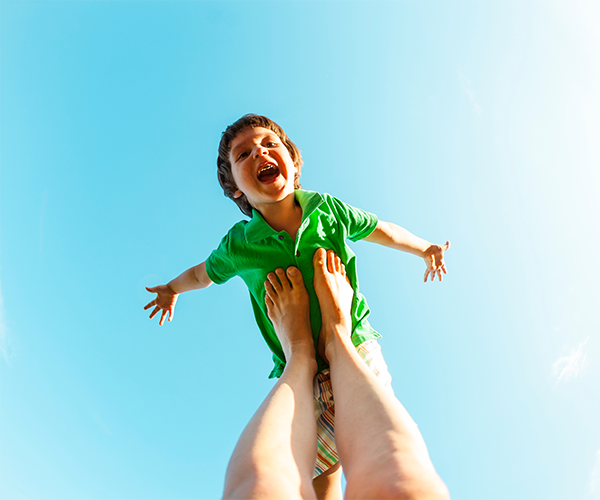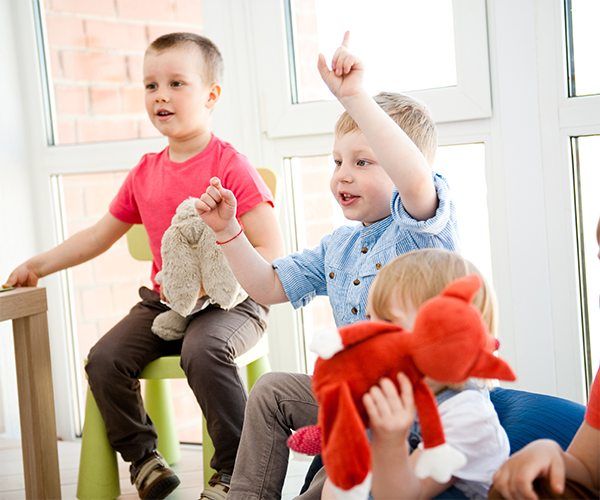What is ‘Circle of Friends’?
The ‘Circle of Friends’ intervention is aimed primarily at improving the inclusion of children with challenging behaviour, disability or personal concerns within mainstream schools. It works by gathering the student’s peers in a circle of friendly support to help the young person with their problem solving. This approach can also be widely used with all students who are struggling to find support or friendship. Many schools have successfully tried the intervention with their students so if your child is finding friendship and support difficult to initiate or maintain, chat to their teacher to see if this approach is available in their school.
Adults play a key part in the approach, especially at the start of the programme, but then most of the work is carried out by "the friends". Early on in the intervention, the key adult meets with the student and their chosen group for around 20 minutes per week to help them with their problem solving together as a team. This stage requires careful planning and commitment to the programme by the key adult for it to work. The measure of success is when the ‘Circle of Friends’ eventually manages itself and becomes an integral part of the student’s support with very little future adult intervention, if any at all.
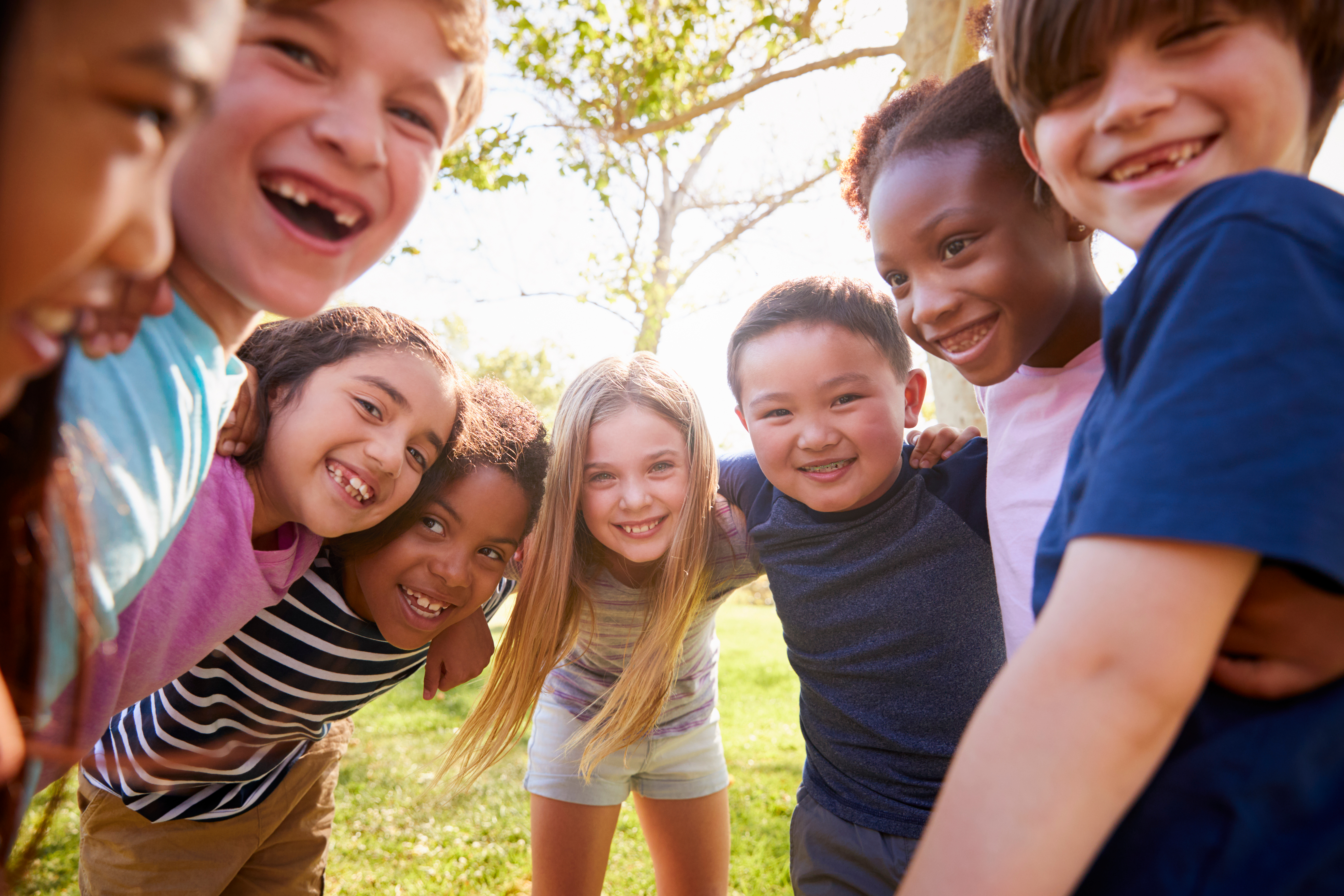
Do we need friends and who are they?
Friendship and support networks are important to all of us (Remember how popular "You've got a friend in me" was?!) and it’s essential that we look to build and maintain these relationships in our lives. Students with special needs often find friendships difficult, and understanding relationships between themselves and others, can be equally puzzling at times.
Circle of Friends - Recognising who your friends are and where they fit in your life.
EdPlace helps with recognising who our friends are, making friends and helps distinguish between friends and strangers.
There may be some confusion regarding how to react or behave appropriately when meeting particular people who they may genuinely see as their friends. Greeting grandma with a hug and a kiss may be ok but giving the postman the same treatment may cause problems! Spending time looking at your child’s own circle of friends and those that fall outside that category with the help of the diagram below, will support your child with their understanding of relationships.
Friend or 'mate'?
Ask the question: "What is the difference between a friend and a mate?" A friend will want the best for you and will be a regular person in your day to day life - someone you can trust and rely on. Whereas, a 'mate' may be someone that you chat with randomly or and may be in your friendship group but, you're not particularly close to every day. Or, maybe friends and mates are the same to your child - but it's still great to have that discussion, just to help them think about what friends are! Sometimes defining groups and exploring vocabulary, helps to manage expectations of people that fall in those categories.
How to use the Friendship Circle diagram
- Sit with your child and make a list of all the people that your child knows or speaks to. Include friends, family, teachers, assistants, neighbours, pets, doctors, helpers, carers etc.
- Print out the Friendship Circle diagram and look at what each coloured band in the circle represents. Talk about how the circle radiates outwards to lastly include people that we don’t know at all (strangers) and how the colours change to show these different relationships
- Talk about how you might greet different people eg: someone in the family, a school friend, the assistant in the local shop, the GP etc.
- Get them to write their own name in the purple circle at the bottom. Either cut out each name on your list to place these on the diagram or use coloured pens to circle the names as you go (use the same colours that are on the friendship diagram to represent each relationship band if you can)
- Look at each name and let your child decide where they fit on the diagram and discuss each one as you go, adjusting if you need to and explaining why
- Write the names of the people from the list in the correct relationship bands
- Use this diagram with your child if you know someone is coming to the house so that they can understand their relationship and how to behave appropriately or if you are visiting a health professional for instance and they are unsure about what to do.
- Update the diagram regularly so that it remains relevant for your child and let them put it somewhere where they can look at it if they need to check which category a visitor falls into
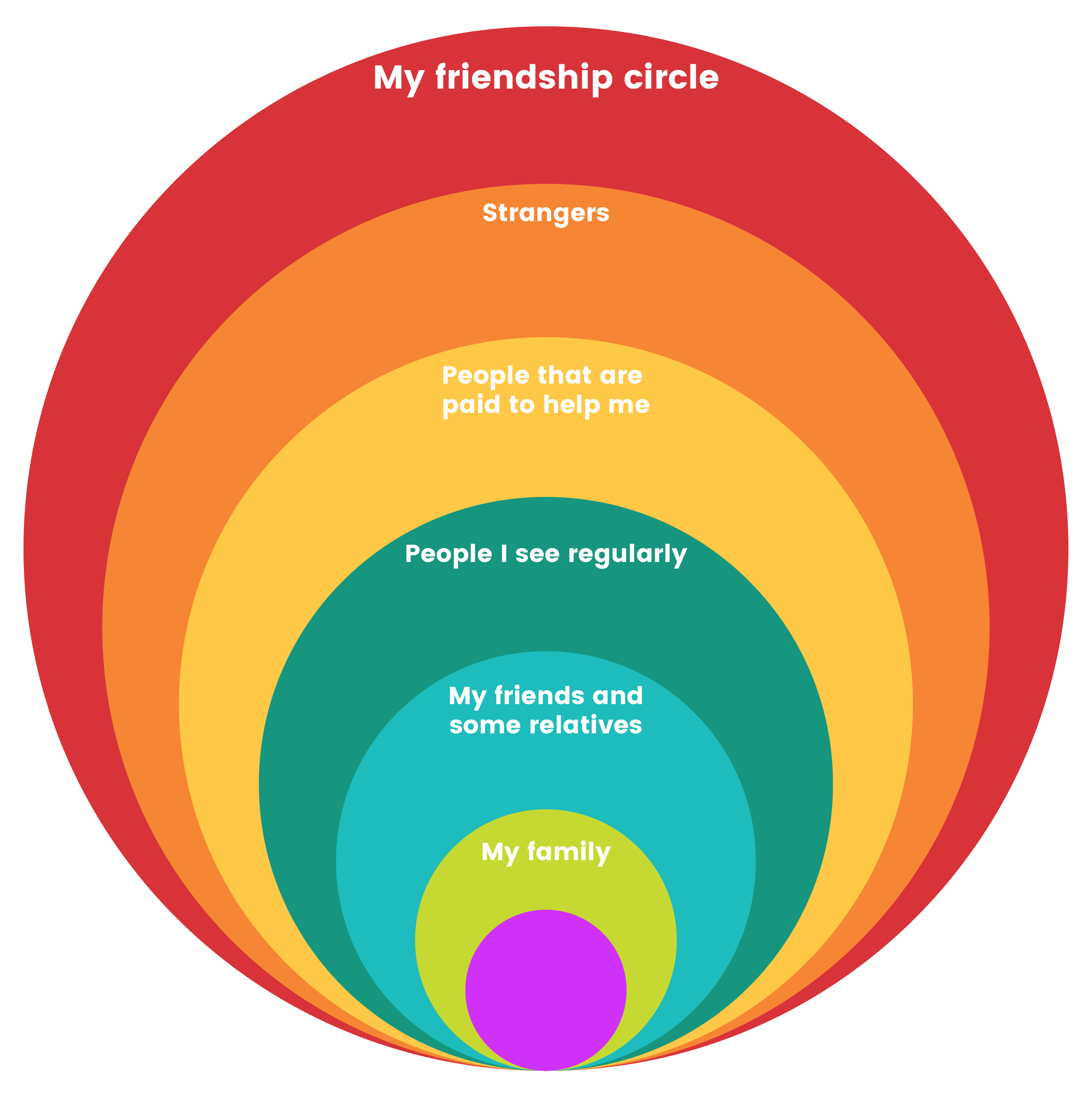
Key
- Purple circle – your child’s name
- Green band – family and those closest to us who we would be lost without (pets too!)
- Turquoise band – friends, other close relatives, those we could confide in or who would support us in difficult times
- Dark green band – people we see regularly at clubs, classmates, those that may move into the Yellow band over time
- Yellow – those who are ‘paid’ to be in our life eg: carers, doctors, teachers and those who should remain at a professional distance from your child
- Orange – unfamiliar young people or adults, new acquaintances, retail assistants, bus drivers etc.
What is ELSA?
Some Teachers or Teaching Assistants (TAs) in schools may have training in the planning and delivery of the Circle of Friends approach. ELSA training is supported by the ELSA Network www.elsanetwork.org . The ELSA Support website is a valuable resource. It provides useful resources for use in ELSA programmes and was set up by an ELSA in York. It covers friendship, along with a range of other key areas such as counselling, bereavement, social stories and social skills.
Educational Psychologists in your school’s Local Authority may be providing this training for professionals and those working with children so it’s worth asking your school SENCO about it. The ELSA Support website also offers advice and resources for parents to use to help their child with friendship.

